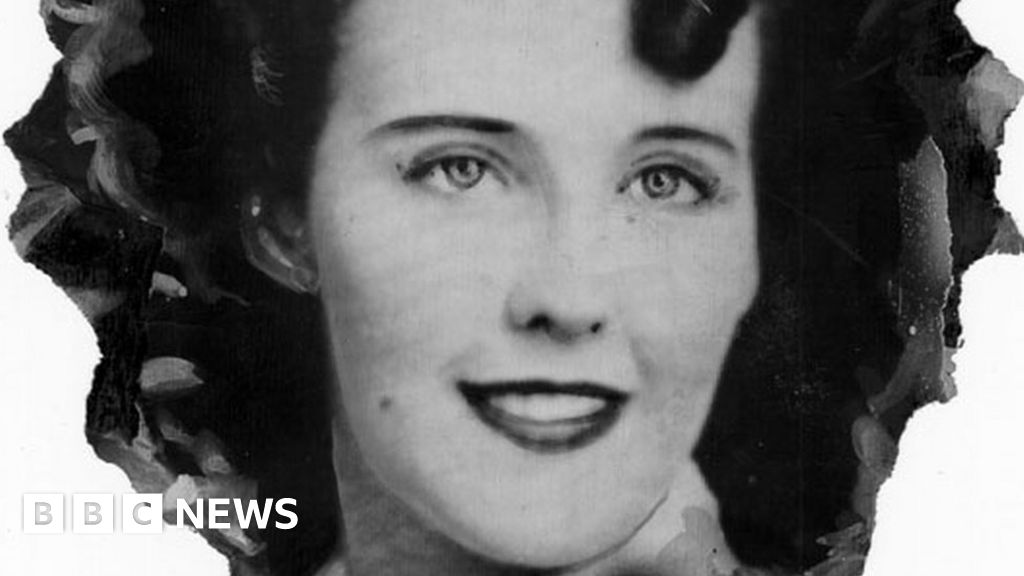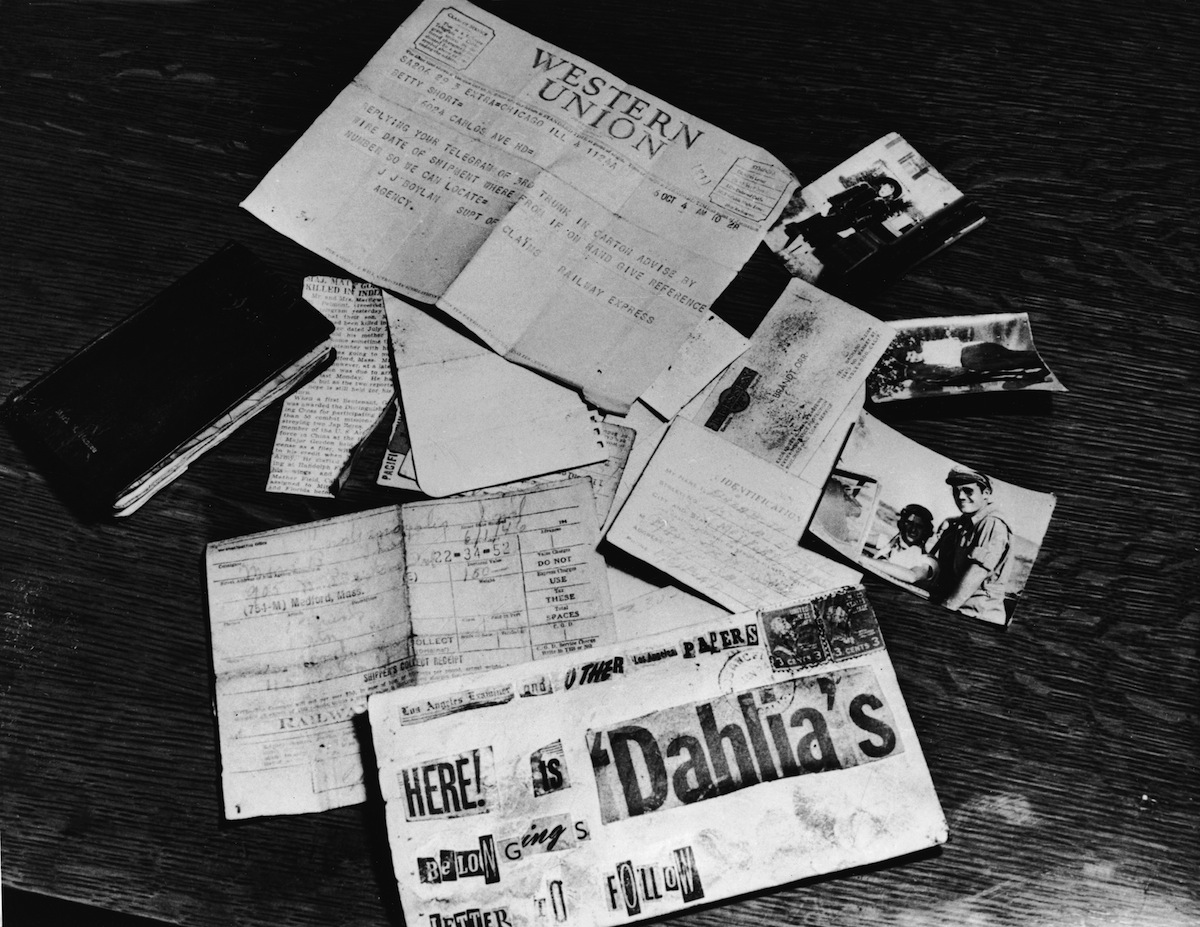Prepare yourself for a deep dive into one of the most infamous and chilling unsolved mysteries in history – the Black Dahlia Murder. The case has captivated true crime enthusiasts, historians, and investigators for decades. The Black Dahlia Murder photos have become an integral part of this haunting story, offering glimpses into the life and tragic death of Elizabeth Short. But what do these photos really tell us? Let’s unravel the layers of this dark tale.
So, why does the Black Dahlia Murder continue to fascinate people even today? It's not just about the gruesome nature of the crime; it’s also about the unanswered questions that linger. The photos, though disturbing, provide clues and insights that might hold the key to solving this decades-old mystery. If you're here because you want to know more about the Black Dahlia Murder photos, you're in the right place.
This isn’t just about morbid curiosity. It’s about understanding the impact of such a tragic event on society and how it shaped our perception of crime, justice, and human nature. Stick around, and we’ll explore everything from the origins of the case to the significance of those infamous photos.
Read also:Dara Tomlin And Bill Hemmer A Comprehensive Look At Their Careers And Impact
Who Was the Black Dahlia?
Before we delve into the photos, it’s crucial to understand who Elizabeth Short – better known as the Black Dahlia – really was. Born on July 29, 1924, in Boston, Massachusetts, Elizabeth Short led a life filled with both promise and turmoil. She was known for her striking beauty, which earned her the nickname “Black Dahlia,” inspired by the film noir movies of the era.
Elizabeth moved to California during World War II, hoping to find fame and fortune. However, her dreams were cut short when her mutilated body was discovered in a vacant lot in Los Angeles on January 15, 1947. The grisly nature of her murder shocked the nation, sparking widespread media coverage and public outrage.
Biography of Elizabeth Short
Let’s take a closer look at her life through a quick rundown:
| Full Name | Elizabeth Short |
|---|---|
| Nickname | Black Dahlia |
| Date of Birth | July 29, 1924 |
| Place of Birth | Boston, Massachusetts |
| Date of Death | January 15, 1947 |
| Place of Death | Los Angeles, California |
Elizabeth’s story is one of tragedy, but it also highlights the fragility of life and the dangers faced by women during that era.
Why Are Black Dahlia Murder Photos So Significant?
The Black Dahlia Murder photos are more than just images; they’re pieces of evidence that have fueled investigations for decades. These photos, taken by LAPD detectives at the crime scene, capture the brutal reality of her murder. They show her body divided in half, with cuts on her face and severe mutilations.
For investigators, these photos are invaluable. They provide crucial details about the crime scene, the position of the body, and potential clues about the killer’s methods. For the public, however, they serve as a haunting reminder of the brutality inflicted on Elizabeth Short.
Read also:What Is Salt Under The Tongue Used For
What Do the Black Dahlia Murder Photos Reveal?
Let’s break down some of the key revelations from these infamous photos:
- Position of the Body: Elizabeth’s body was found posed in a specific manner, suggesting the killer had time to carefully arrange it.
- Signs of Torture: The photos reveal evidence of severe torture, including cuts and bruises, indicating a prolonged ordeal.
- Crime Scene Location: The vacant lot where she was found was remote, implying the killer had planned the disposal of the body carefully.
These details have led to numerous theories about the identity of the killer and the motives behind the crime.
Crime Scene Analysis
Experts believe the crime scene itself was staged, with the killer deliberately leaving the body in a way that would attract maximum attention. This suggests a level of calculation and intent that makes the case even more chilling.
Investigations and Theories Surrounding the Black Dahlia Murder
Over the years, numerous theories have emerged about the Black Dahlia Murder. Some suggest the killer was someone she knew, while others point to a random act of violence. Let’s explore some of the most popular theories:
- Revenge Motive: Some believe Elizabeth may have angered someone in her past, leading to her murder.
- Serial Killer Theory: Others speculate that the killer was a serial offender who targeted women.
- Copycat Crime: A few experts suggest the murder may have been inspired by other high-profile cases of the time.
Despite extensive investigations, no definitive answers have emerged, leaving the case wide open for speculation.
The Role of Media in the Black Dahlia Murder
The media played a significant role in amplifying the Black Dahlia Murder story. The sensational nature of the crime and the mystery surrounding Elizabeth’s life made it a prime target for journalists. Newspapers and magazines across the country covered the case extensively, often using dramatic headlines and graphic images to grab readers’ attention.
While this coverage helped raise awareness, it also contributed to the mythologizing of the case, turning Elizabeth Short into a tragic icon. The Black Dahlia Murder photos, in particular, became symbolic of the era’s fascination with crime and glamour.
Impact on Public Perception
The media’s portrayal of the case shaped public perception in profound ways. It highlighted the vulnerabilities faced by women in society and sparked discussions about crime prevention and justice reform. However, it also raised concerns about the ethical implications of using graphic images in news reporting.
The Legacy of the Black Dahlia Murder
Even decades after her death, Elizabeth Short’s legacy lives on. The Black Dahlia Murder continues to inspire books, movies, and documentaries, keeping her memory alive. The case remains one of the most famous unsolved murders in American history, a testament to its enduring mystery.
The Black Dahlia Murder photos, though difficult to look at, serve as a reminder of the importance of seeking justice for victims of violent crime. They also highlight the need for greater awareness and prevention efforts to protect vulnerable individuals.
Cultural Impact
Elizabeth Short’s story has left an indelible mark on popular culture. Her nickname, the Black Dahlia, has become synonymous with tragedy and intrigue. The case has inspired countless works of art, music, and literature, ensuring her place in history as a symbol of both beauty and brutality.
Lessons Learned from the Black Dahlia Murder
While the Black Dahlia Murder remains unsolved, it has taught us valuable lessons about crime investigation, media ethics, and societal responsibility. Here are a few key takeaways:
- Importance of Forensic Science: The case underscored the need for advancements in forensic technology to aid in solving crimes.
- Ethical Considerations in Reporting: It highlighted the importance of responsible journalism in covering sensitive topics.
- Community Awareness: It emphasized the need for increased awareness and support systems for women in society.
These lessons continue to influence how we approach crime and justice today.
How to Approach the Black Dahlia Murder with Sensitivity
When discussing the Black Dahlia Murder, it’s essential to approach the topic with sensitivity and respect. Elizabeth Short was a human being with dreams and aspirations, not just a victim of a crime. By focusing on her life and the broader implications of her death, we can honor her memory in a meaningful way.
This means avoiding sensationalism and instead focusing on the facts and the lessons we can learn from the case. It also means advocating for justice and supporting efforts to prevent similar tragedies in the future.
Respecting the Victim’s Memory
Respecting Elizabeth’s memory involves more than just avoiding graphic details; it’s about recognizing her humanity and the impact her death had on those around her. It’s about using her story as a catalyst for positive change rather than merely a source of intrigue.
Conclusion: The Enduring Mystery of the Black Dahlia Murder
In conclusion, the Black Dahlia Murder remains one of the most captivating and tragic stories of our time. The Black Dahlia Murder photos, though disturbing, offer valuable insights into the case and its broader implications. They remind us of the importance of seeking justice and protecting vulnerable individuals in society.
As you reflect on this case, consider how you can contribute to creating a safer world for everyone. Share this article with others, spark conversations, and stay informed about issues related to crime and justice. Together, we can honor Elizabeth Short’s memory by working toward a future where such tragedies are less likely to occur.
Now, it’s your turn. What do you think about the Black Dahlia Murder? Do you have any theories or insights to share? Leave a comment below or share this article with your friends to keep the conversation going!
Table of Contents
- Who Was the Black Dahlia?
- Why Are Black Dahlia Murder Photos So Significant?
- What Do the Black Dahlia Murder Photos Reveal?
- Investigations and Theories Surrounding the Black Dahlia Murder
- The Role of Media in the Black Dahlia Murder
- The Legacy of the Black Dahlia Murder
- Lessons Learned from the Black Dahlia Murder
- How to Approach the Black Dahlia Murder with Sensitivity
- Conclusion: The Enduring Mystery of the Black Dahlia Murder


